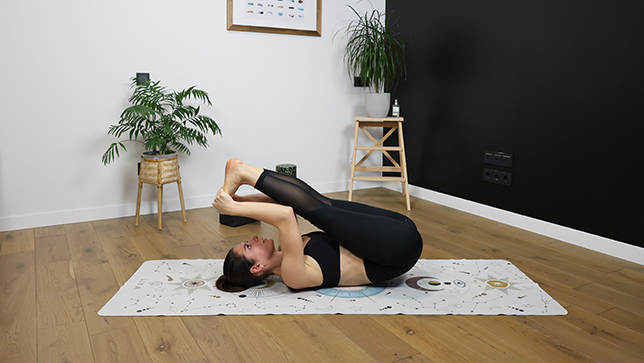
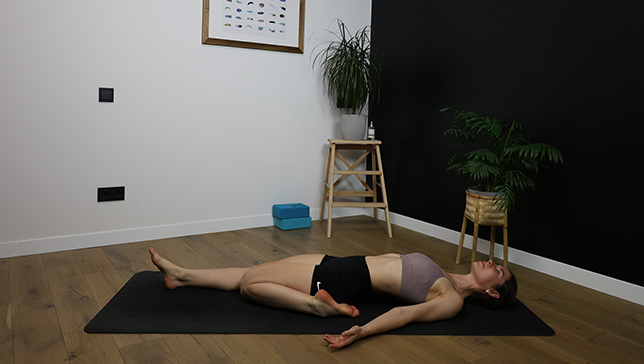
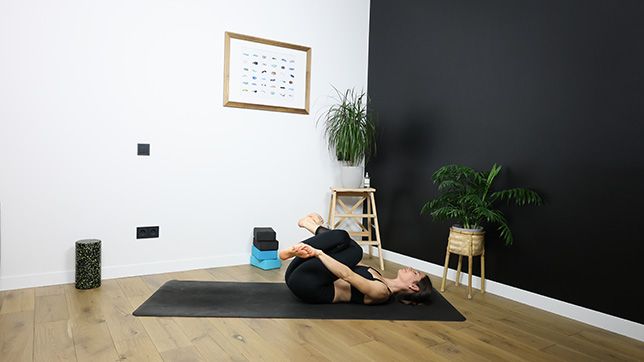

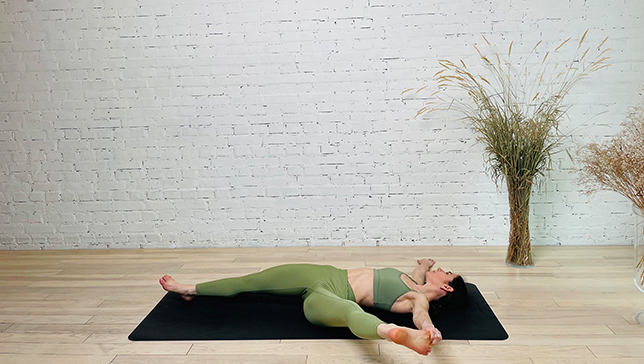


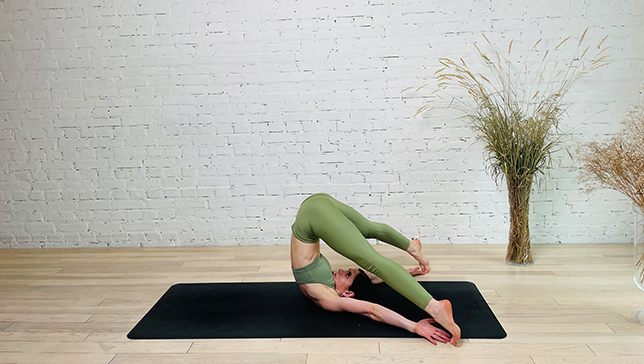

We use cookies to help you navigate efficiently and perform certain functions. You will find detailed information about all cookies under each consent category below.
The cookies that are categorized as "Necessary" are stored on your browser as they are essential for enabling the basic functionalities of the site. ...
Necessary cookies are required to enable the basic features of this site, such as providing secure log-in or adjusting your consent preferences. These cookies do not store any personally identifiable data.
Functional cookies help perform certain functionalities like sharing the content of the website on social media platforms, collecting feedback, and other third-party features.
Analytical cookies are used to understand how visitors interact with the website. These cookies help provide information on metrics such as the number of visitors, bounce rate, traffic source, etc.
Performance cookies are used to understand and analyze the key performance indexes of the website which helps in delivering a better user experience for the visitors.
Advertisement cookies are used to provide visitors with customized advertisements based on the pages you visited previously and to analyze the effectiveness of the ad campaigns.
Supine yoga poses are yoga postures that are practiced while lying on the back, facing upward. In these poses, the back of the body is in contact with the mat, and the chest faces the ceiling. Supine poses are often practiced towards the end of a yoga session during the cool-down phase or in restorative practices.
They are beneficial for calming the nervous system, releasing tension, and promoting a sense of ease and tranquility in the body and mind. Additionally, supine poses can be modified with the use of props, such as blocks or bolsters, to provide additional support and comfort during the practice.









Supine yoga poses are renowned for their ease and accessibility in the world of yoga. These poses involve lying on your back, a position that offers comfort and stability for many individuals. Unlike more challenging standing or balancing poses that demand strength and coordination, supine poses focus on gentle stretching and relaxation.
Many commonly practiced supine yoga poses, including Savasana (Corpse Pose) and Supta Baddha Konasana (Reclining Bound Angle Pose), are uncomplicated and suitable for practitioners of all levels, even those with limited flexibility.
While supine poses are generally user-friendly, certain variations or advanced versions may present added challenges. For instance, specific supine twists or leg stretches may call for greater flexibility or core strength.
In summary, most supine yoga poses are gentle, calming, and appropriate for practitioners of varying levels, making them an excellent choice for restorative practices, relaxation, and winding down before sleep. As with any yoga practice, it is vital to honor your body, practice with mindfulness, and progress at a pace that feels comfortable and safe. If you are new to yoga or have specific health concerns, seeking guidance from a qualified yoga instructor can be beneficial.
Deep relaxation and stress reduction.
Improved flexibility and gentle stretching.
Spinal alignment and posture improvement.
Relief from muscle tension and soreness.
Preparation for restful sleep.
Enhanced breath awareness and mindfulness.
Severe back or neck injuries or acute pain.
Hiatal hernia or acid reflux (avoid poses that compress the abdomen).
Recent abdominal surgery or any other medical condition (consult a doctor).